17 Wild Animals in Siberia [Wildlife in Siberia]
Want to know more about the wildlife in Siberia?
Discover 17 wild animals in Siberia in this post, as well as interesting facts about them. ❄️
TABLE OF CONTENTS [show]
Learn All About Siberian Animals
Ready to learn all about Siberian animals?
I’ve always been fascinated by animals, and by how they can be so different from one country to another. In this guide, we’ll focus on the many animals Siberia has on the land, in the sky, and underwater.
I’ve split the guide into 5 categories:
- Native animals from Siberia
- Endangered animals of Siberia
- What is the national animal of Siberia?
- How many animals native to Siberia?
- What are the predators of Siberia?
Let’s dive in right away with our first category!
Native Animals from Siberia
Siberia is a very large Asian region located in the northern part of the continent, south of the Arctic Ocean. Although it is very vast, Siberia is barely populated and only represents a fifth of Russia’s population, its main cities are Novosibirsk and Omsk, and is known all around the world for its long, cold winters with an average of -25 °C / -13 °F in January. It is bordered by a lot of Asian countries, including Kazakhstan, China, and Mongolia, and has been conquered during the second half of the 16th century.
An interesting part of the region that I wanted to tackle is its wildlife. In light of that, I have listed the best of it, and I hope you will love learning what animals live in Siberia.
Here’s the Siberian animals list.
1. Siberian tiger
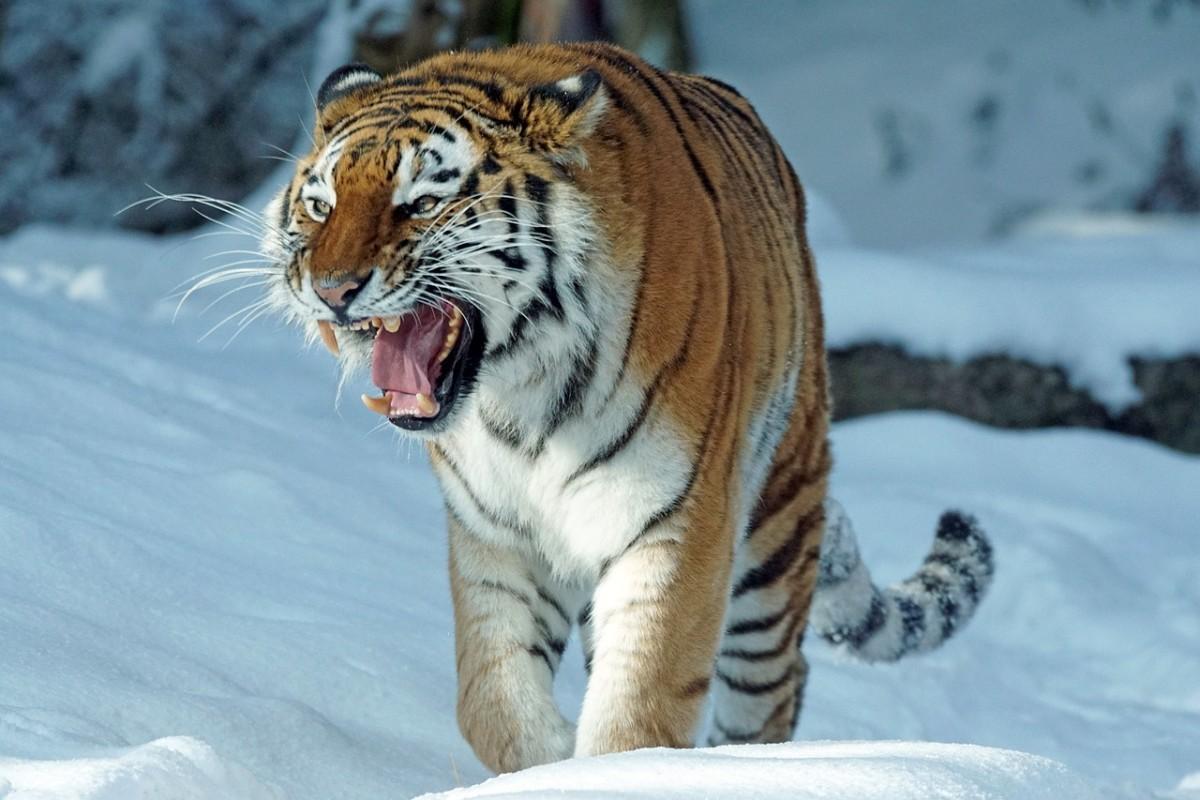
- Name: Siberian tiger
- Scientific name: Panthera tigris tigris
- Conservation status:
The Siberian tiger, also known as the Amur tiger, is a subpopulation of the Mainland Asian tiger. It is the most emblematic animal of the region, and can be found in the Russian Far East, but also in northeastern China and maybe even in North Korea.
Sadly, only several hundred Siberian tigers remain, after heavy poaching, harsh climate conditions, snare traps, and depletion of prey, and their range is now smaller than ever.
2. Snow leopard
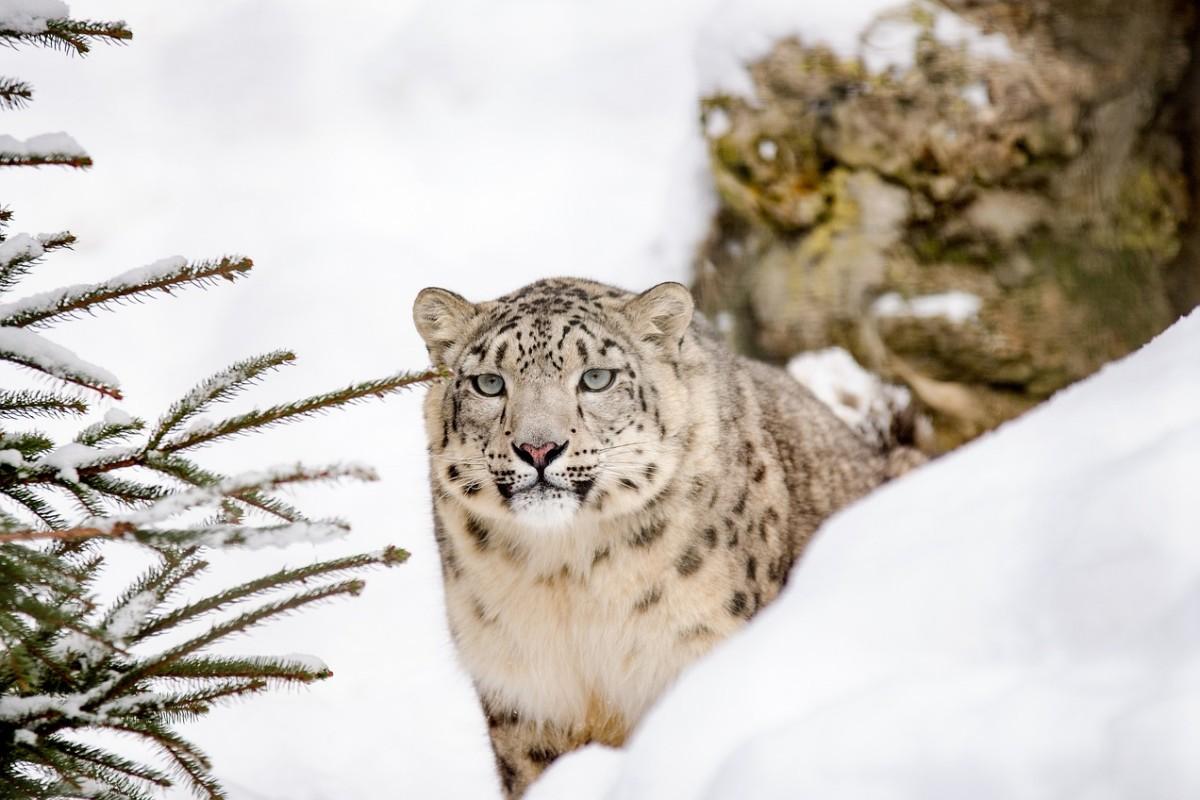
- Name: Snow leopard
- Scientific name: Panthera uncia
- Conservation status:
You will quickly realize it, but there are lots of large, beautiful felids in Siberia, and the snow leopard, also known as the ounce, is definitely one of them. It is found in the mountain ranges of the Himalayas and the Tibetan Plateau, as well as in southern Siberia, Mongolia, western China, and eastern Afghanistan.
This big cat inhabits subalpine and alpine zones at altitudes of 3,000 to 4,500 m / 9,800 to 14,800 ft above sea level.
3. Walrus
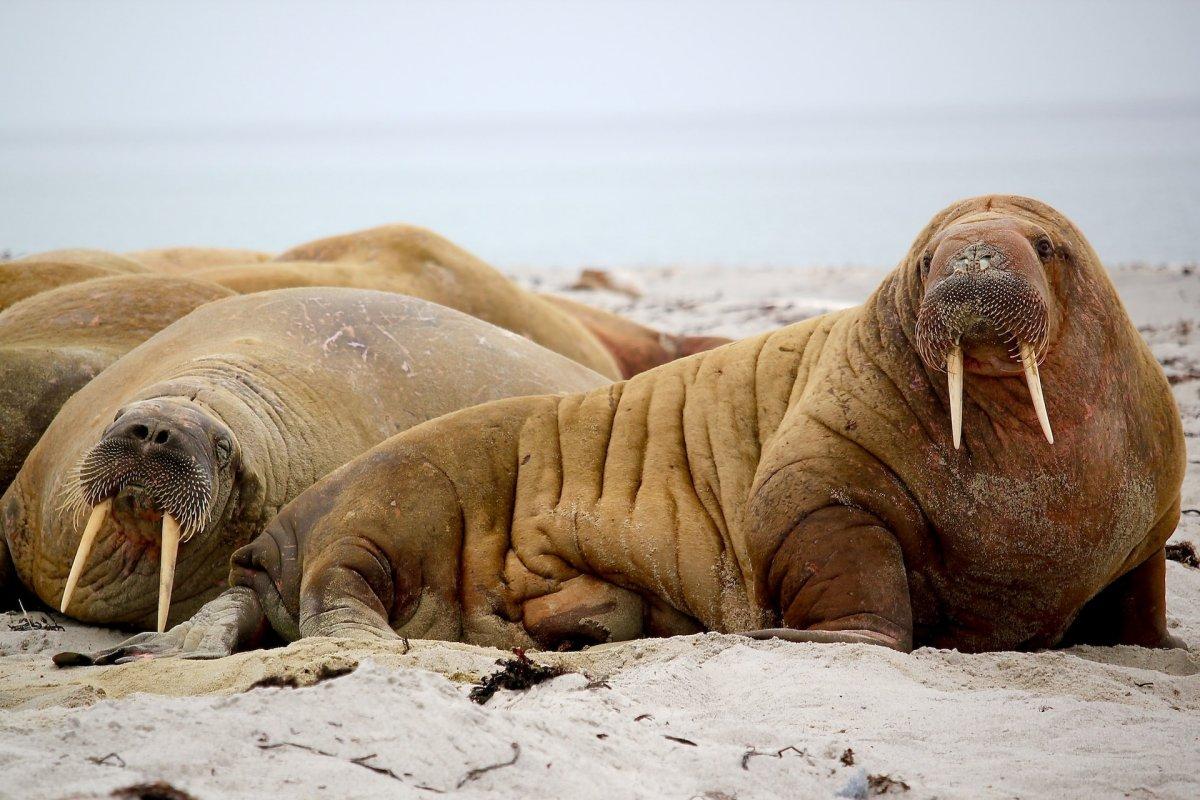
- Name: Walrus
- Scientific name: Odobenus rosmarus
- Conservation status:
The walrus is a very large species of marine mammal found around the Arctic Ocean and other subarctic seas of the Northern Hemisphere. It is characterized by large tusks and long whiskers, and can weigh more than 2,000 kg / 4,400 lb!
This mammal is particularly important to lots of indigenous Arctic peoples, being hunted for its meat, tusks, bones, and fat. The walrus usually stays in shallow waters and forages for food from sea ice platforms, looking for fish, crabs, mollusks, and shrimp.
4. Saiga antelope
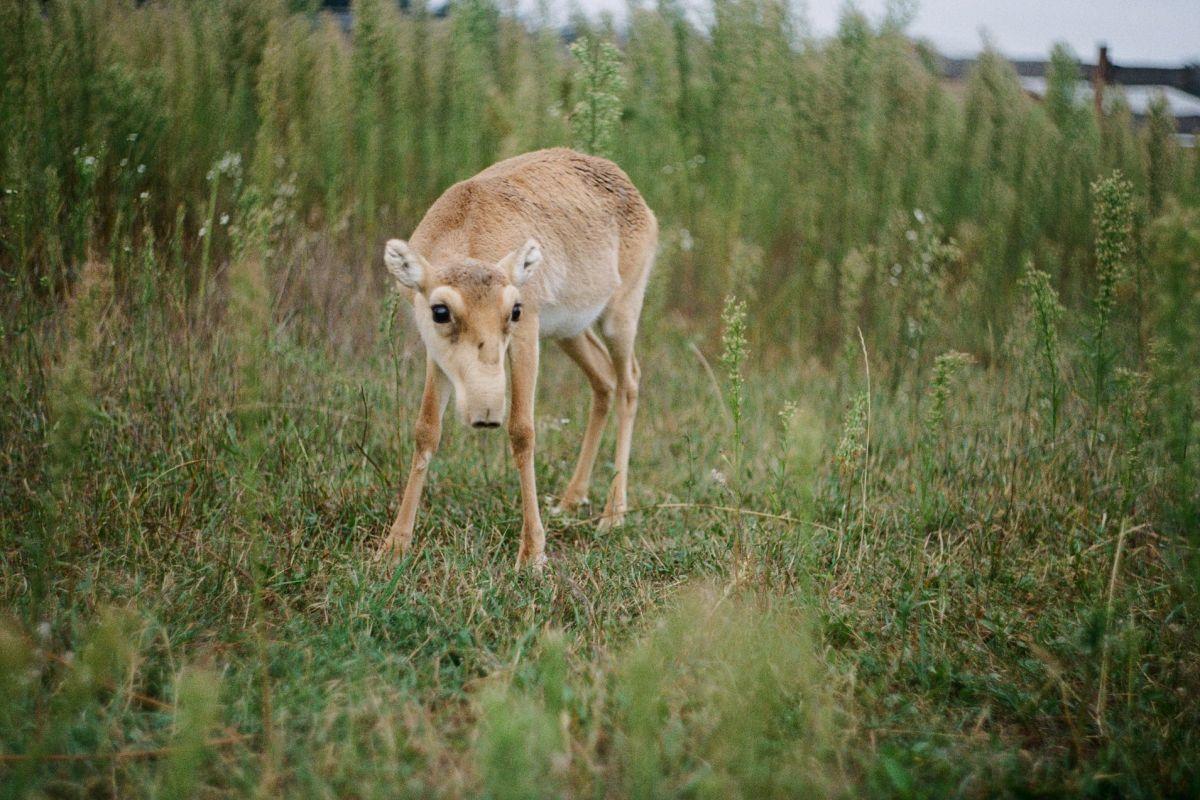
- Name: Saiga antelope
- Scientific name: Saiga tatarica
- Conservation status:
The saiga antelope, also simply known as the saiga, is a very peculiar species of antelope with very broad nostrils. It used to inhabit much of the Eurasian steppe and could be found in northern Siberia during antiquity, but its range is now much more restricted, and it only lives in western and central Asia now.
This antelope lives in very large herds, usually in steppes, open woodlands, and grasslands, where they feed on a lot of plant material, including some that are poisonous to other organisms.
5. Reindeer
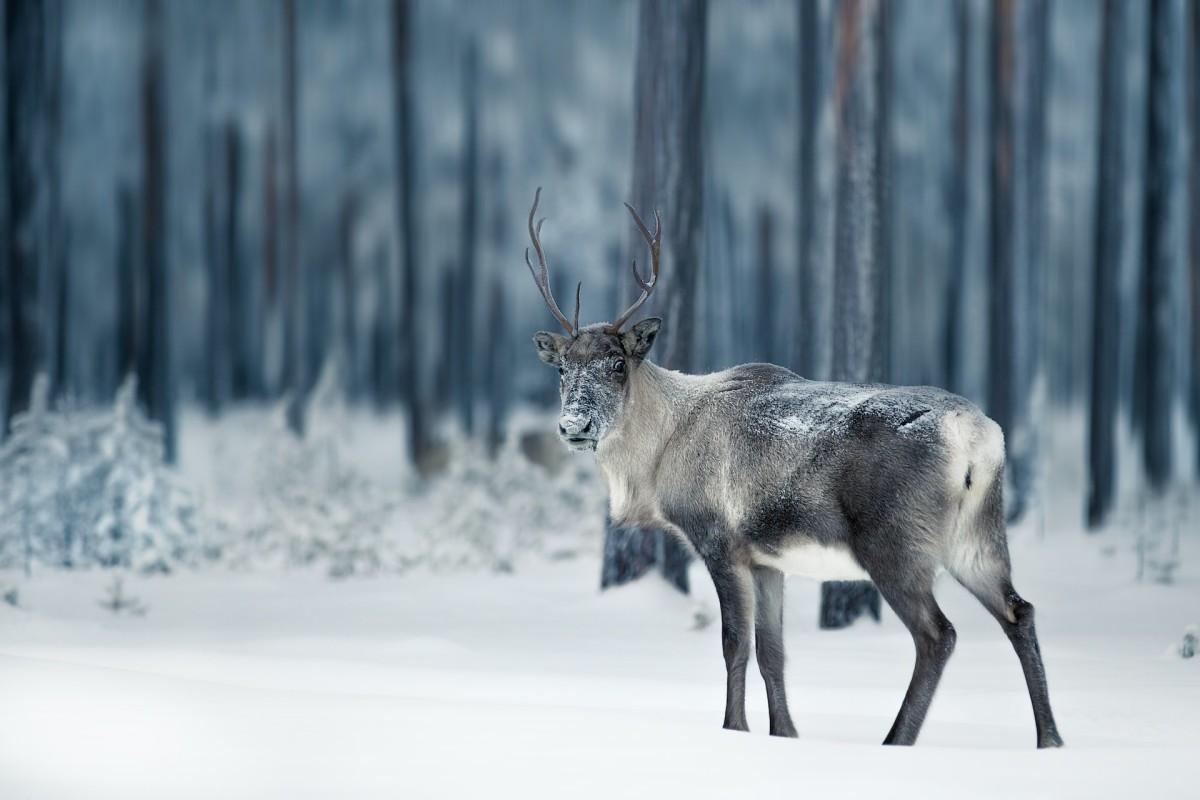
- Name: Reindeer
- Scientific name: Rangifer tarandus
- Conservation status:
The reindeer, also known as the caribou in North America, is a large species of deer found in the subarctic, arctic, boreal, tundra, and mountainous regions of the Northern Hemisphere, in Siberia, North America, and Northern Europe. Depending on geographic areas, herd size can greatly vary.
The largest population of wild reindeer is located in Siberia, where there are somewhere between 400,000 and 1,000,000 individuals.
6. Polar bear
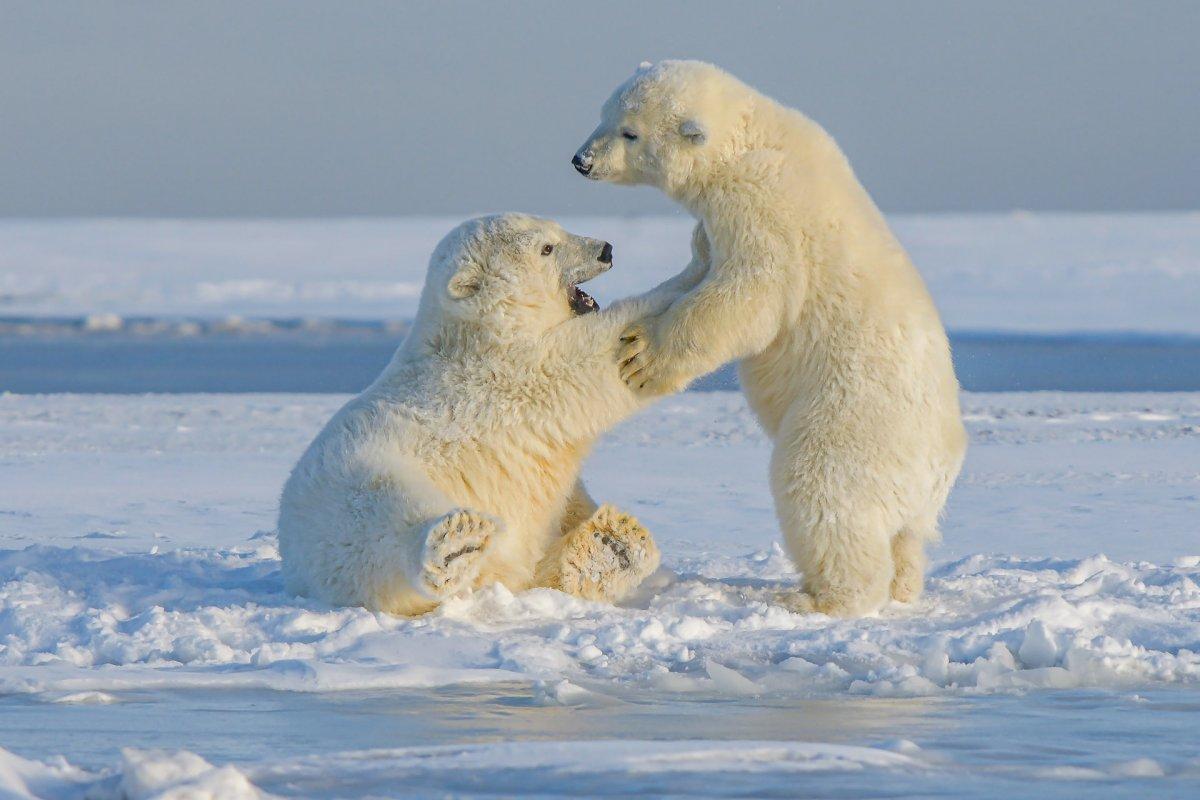
- Name: Polar bear
- Scientific name: Ursus maritimus
- Conservation status:
The polar bear is the largest terrestrial carnivore on the planet. It can be found around the Arctic Circle and can weigh as much as 700 kg / 1,540 lb (although females are about half as large as males).
Despite being very closely related to the brown bear, the polar bear has evolved according to its ecological niche, having much more body characteristics adapted for very cold weather, walking on ice, swimming in ice-cold waters, and hunting seals.
7. Amur leopard
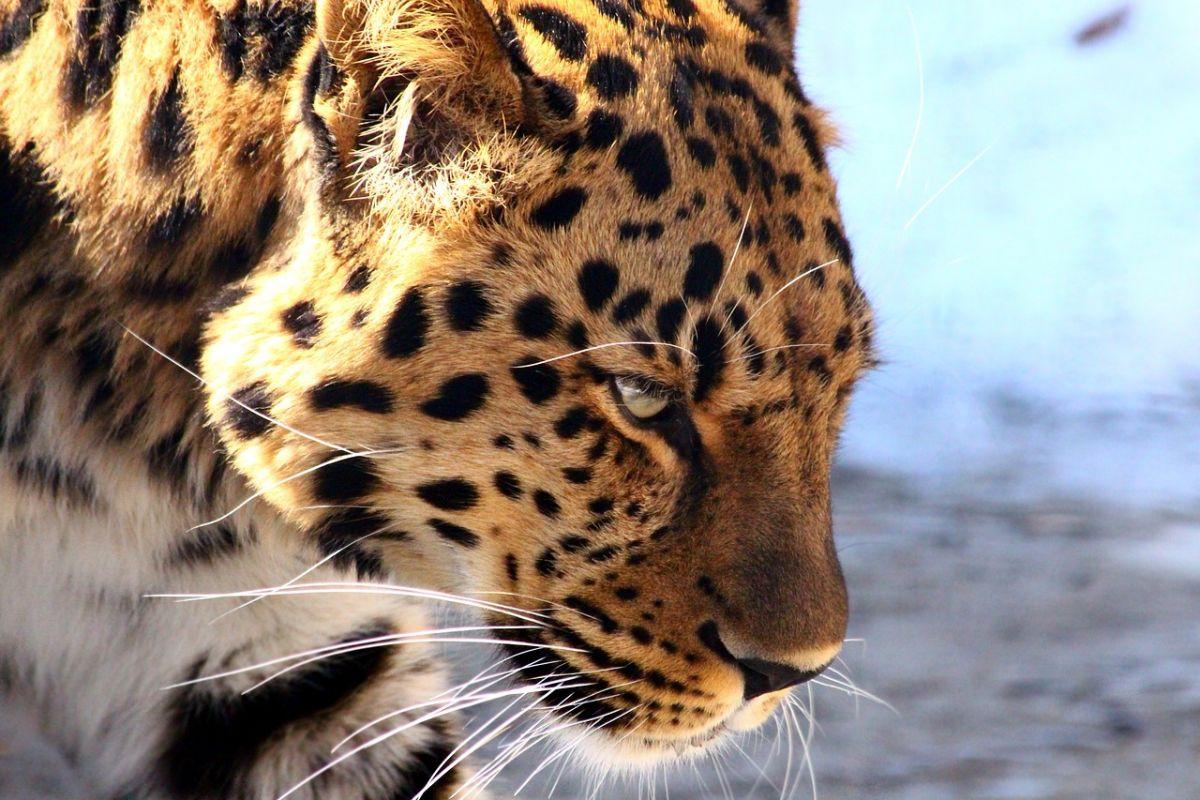
- Name: Amur leopard
- Scientific name: Panthera pardus orientalis
- Conservation status:
The Amur leopard is a subspecies of the leopard found in southeastern Russia and northern China. It is on the brink of extinction and is one of the rarest cats on the planet, with only about 110 individuals remaining.
This big cat is solitary, and its prey depends on availability: in some regions, it mainly feeds on Siberian musk deer, while in others it prefers Siberian roe deers, Manchurian wapiti, Asian badgers, or Manchurian sika deers.
8. Eurasian lynx
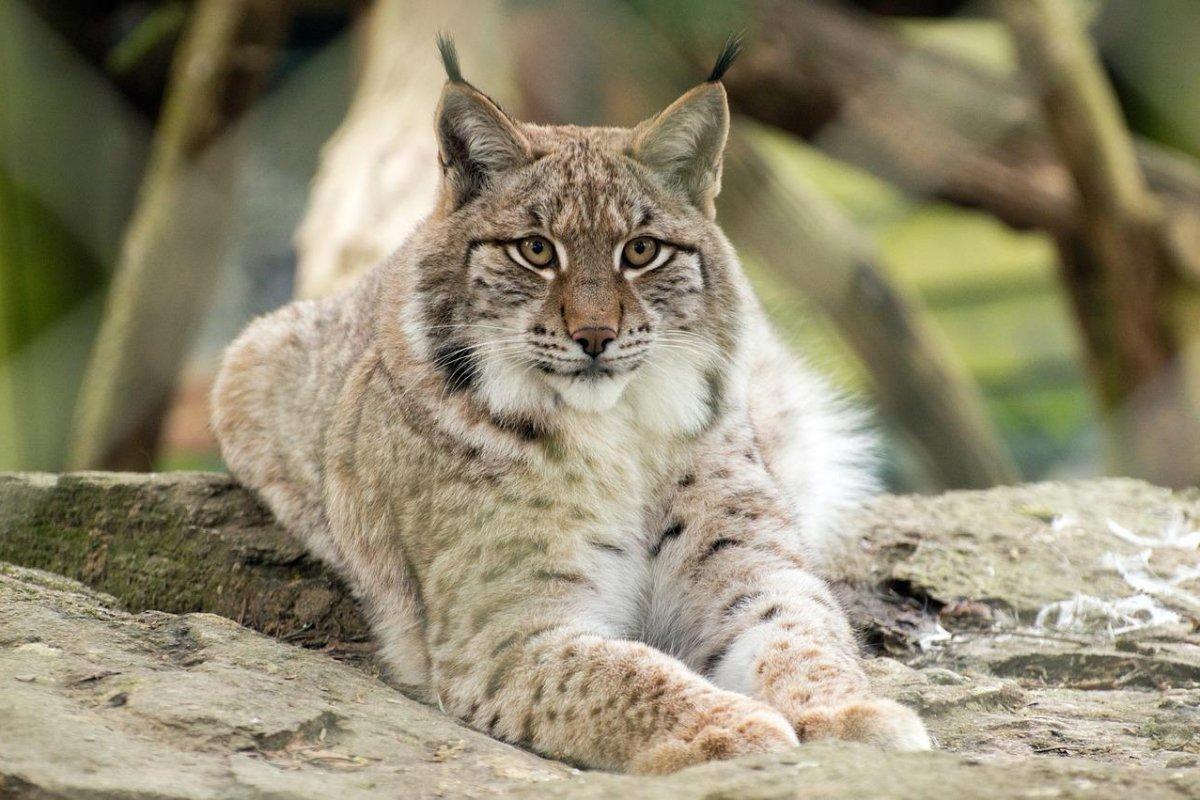
- Name: Eurasian lynx
- Scientific name: Lynx lynx
- Conservation status:
The Eurasian lynx is a medium-sized species of wild cat found all around Eurasia, usually in cold or elevated environments such as the Himalayas, Siberia, and northern Europe. Throughout its range, it inhabits boreal and temperate forests, at altitudes of up to 5,500 m / 18,000 ft above sea level.
This felid can be found all around Siberia and Russia, from its westernmost to its easternmost point.
9. Arctic fox
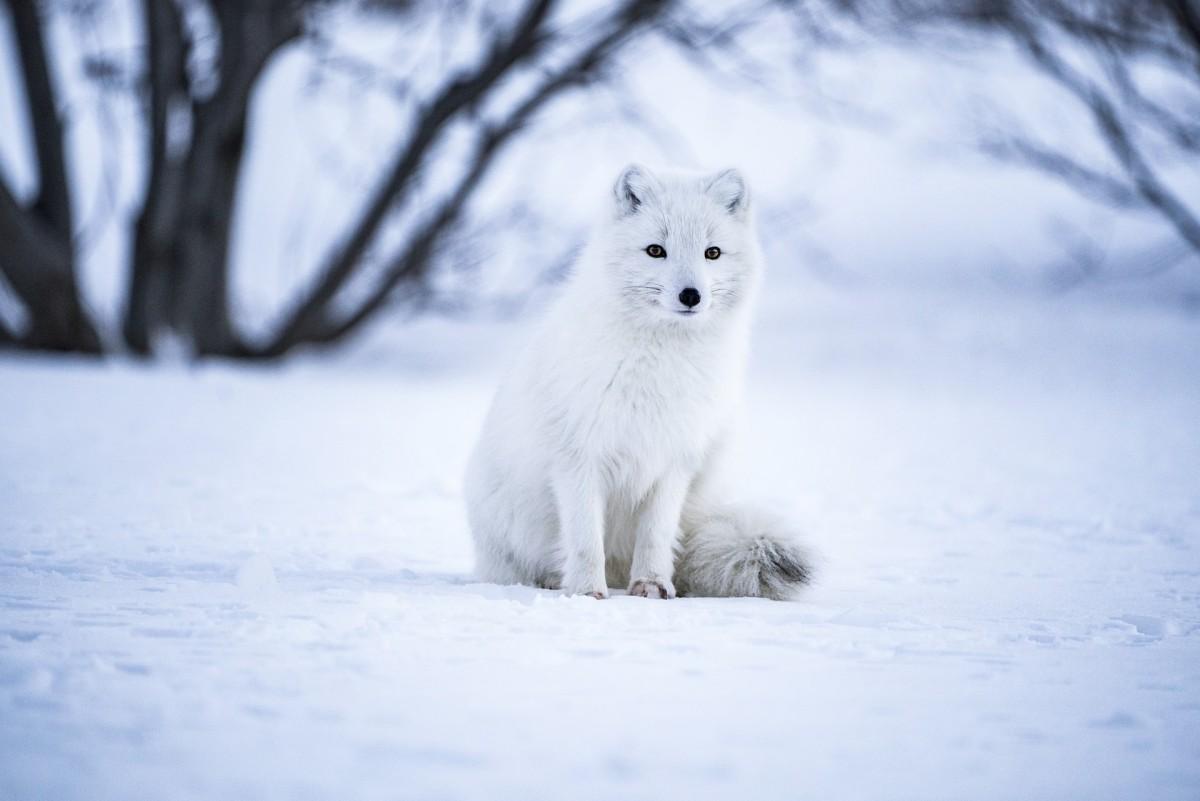
- Name: Arctic fox
- Scientific name: Vulpes lagopus
- Conservation status:
The Arctic fox, also known as the snow fox, the white fox, or the polar fox, is a small species of fox native to the Arctic regions of the Northern Hemisphere, where it is fairly widespread and common. Thanks to its fur, it is perfectly camouflaged in the heavy snows of Siberia, and its body is well-adapted to living in the region.
This fox feeds on lots of small creatures such as fish, voles, seal pups, and seabirds.
10. Snowy owl

- Name: Snowy owl
- Scientific name: Bubo scandiacus
- Conservation status:
The snowy owl is very similar to the Arctic fox, and it shares all of its alternative names, being also called the Arctic owl, the white owl, or the polar owl. Its distribution is also similar, and it can be found all across the northern half of Siberia.
This bird of prey is one of the largest species of owl in the world, and it is largely white, for camouflage reasons.
11. Siberian flying squirrel
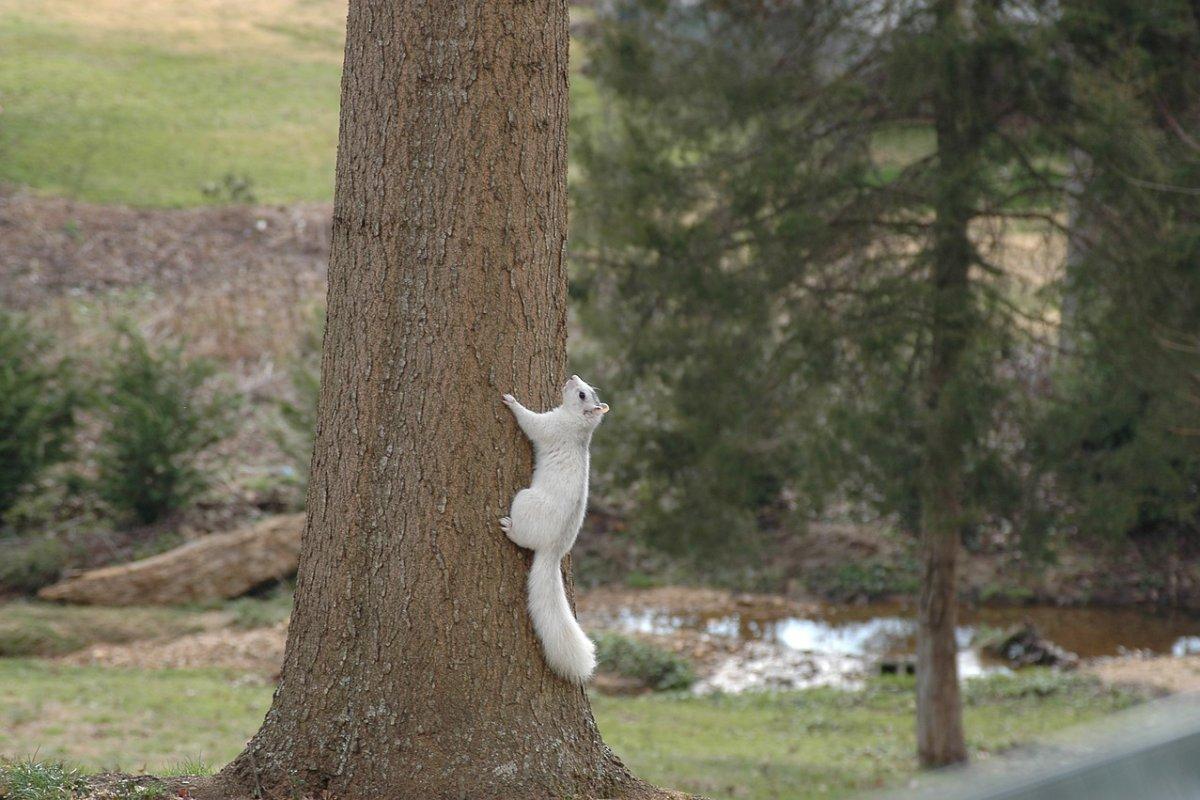
- Name: Siberian flying squirrel
- Scientific name: Pteromys volans
- Conservation status:
Perhaps less impressive than others but characteristic of Siberia nonetheless, the Siberian flying squirrel is a species of Old World flying squirrel found from eastern Europe to the Russian Far East. It feeds on leaves, cones, sprouts, berries, and seeds, and is known for its ability to glide through the air, hence its name.
Although considered of least concern, the Siberian flying squirrel faces some threats in parts of its range, such as habitat fragmentation, climate change, and habitat loss.
12. Bowhead whale
- Name: Bowhead whale
- Scientific name: Balaena mysticetus
- Conservation status:
The bowhead whale, also known as the Greenland right whale or the Arctic whale, is a large species of baleen whale and the only one endemic to the subarctic and Arctic waters.
It gets its name from the fact that it has the largest mouth of any animal, representing as much as a third of its body, and is well-known for being one of the longest-lived mammals in the world, reaching an age of more than 200 years!
13. Orca
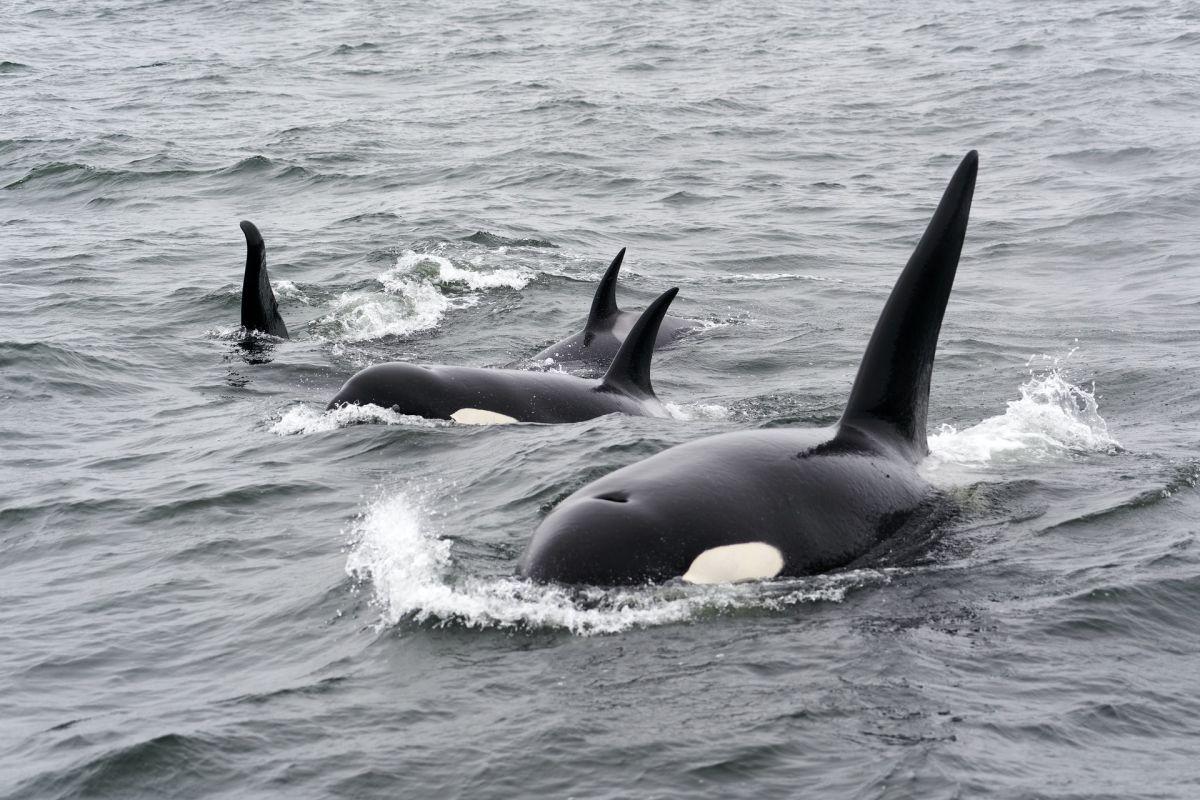
- Name: Orca
- Scientific name: Orcinus orca
- Conservation status:
The orca, widely known as the killer whale, is one of the most dreadful predators in the world. It can be found all around the globe, from tropical to arctic waters (depending on the season) but its distribution is not quite certain.
This toothed whale feeds on seals, dolphins, and fish, and it is an apex predator. It is also highly social and usually lives in stable pods, using very sophisticated hunting techniques and vocalizations.
14. Tundra wolf
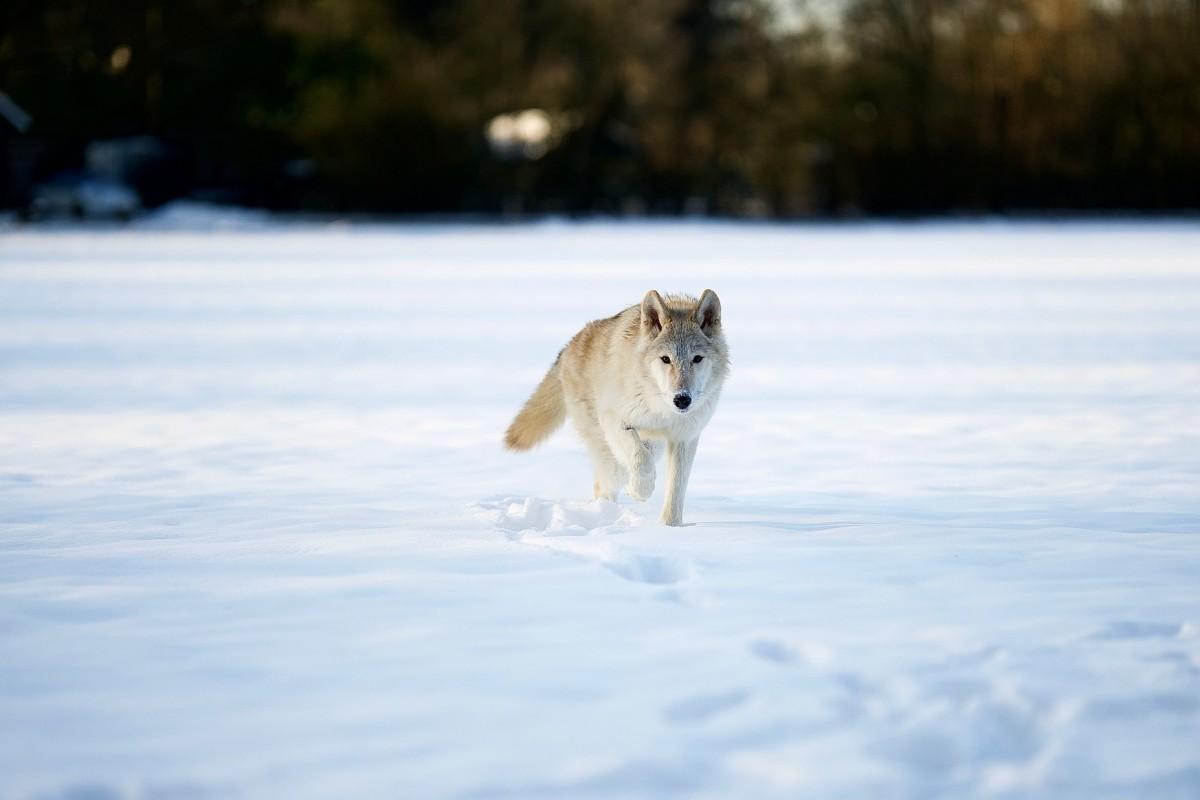
- Name: Tundra wolf
- Scientific name: Canis lupus albus
- Conservation status:
The tundra wolf, also known as the Turukhan wolf, is a large subspecies of the gray wolf native to the tundra of northern Russia, from west to east. Because it inhabits very harsh environments, it has long, fluffy fur, and it is usually gray and light in color.
This wolf usually rests around forest clearing, river valleys, and thickets, and almost exclusively feeds on reindeer during the winter, while it hunts for rodents and birds in the summer.
15. East Siberian brown bear
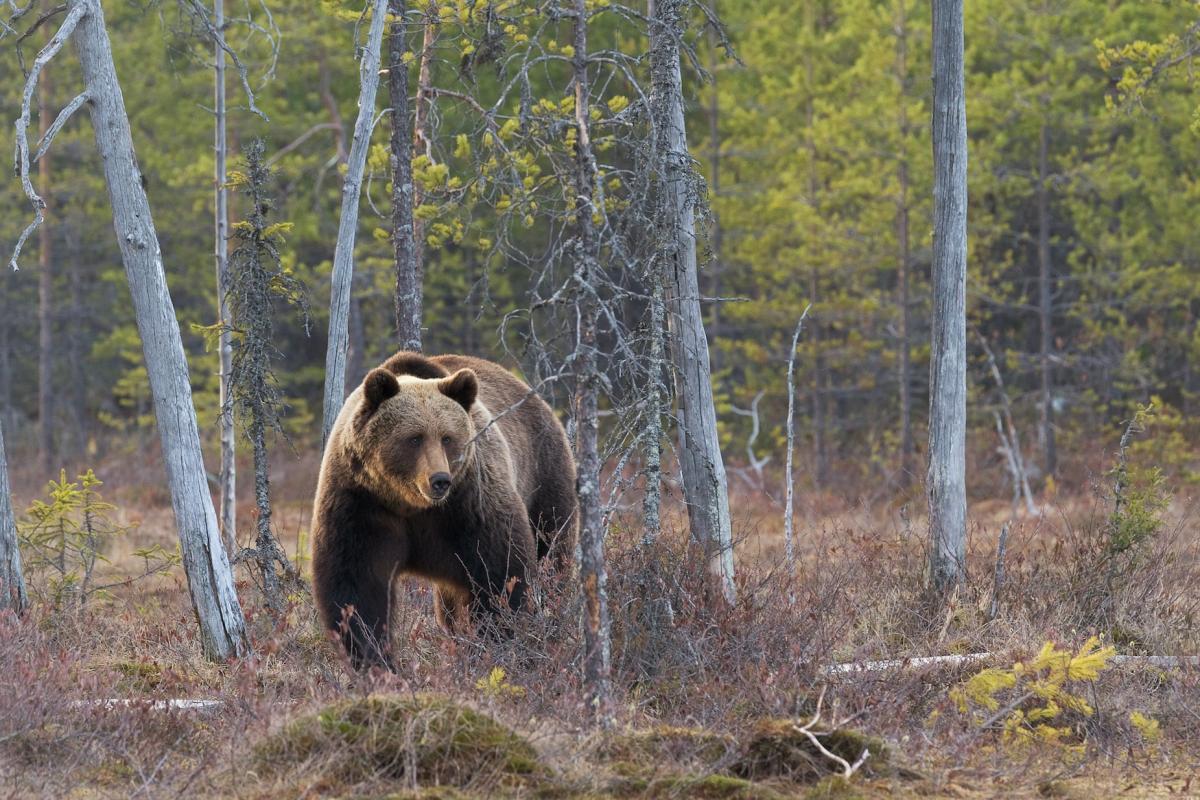
- Name: East Siberian brown bear
- Scientific name: Ursus arctos collaris
- Conservation status:
There are many species and subspecies of bears in Siberia. The East Siberian brown bear is a subspecies of the brown bear found in eastern Siberia, as far north as the Arctic Circle and southwards onto northern Mongolia.
It is medium-sized, and is much bolder toward humans than the European counterparts: they regularly destroy hunters’ huts and storages and eat their food, do not like honey, and are more carnivorous.
16. Wolverine
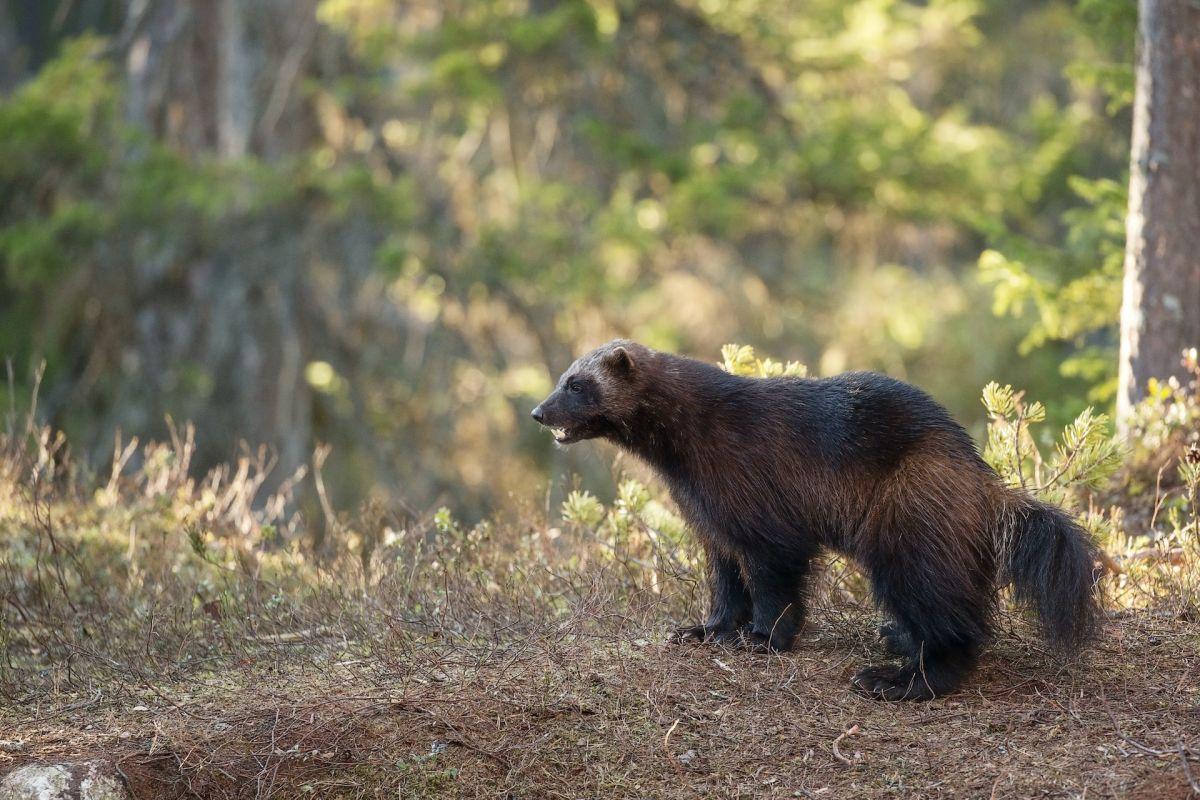
- Name: Wolverine
- Scientific name: Gulo gulo
- Conservation status:
The wolverine, also known as the quickhatch, the carcajou, or the glutton, is one of the most interesting animals in the world. Despite being relatively small, it is incredibly ferocious and much stronger than it looks, being able to rival and even kill lots of opponents many times larger than itself!
This mammal inhabits the isolated boreal, alpine, and arctic regions of Siberia, and it suffers from habitat fragmentation and trapping.
17. Ringed seal
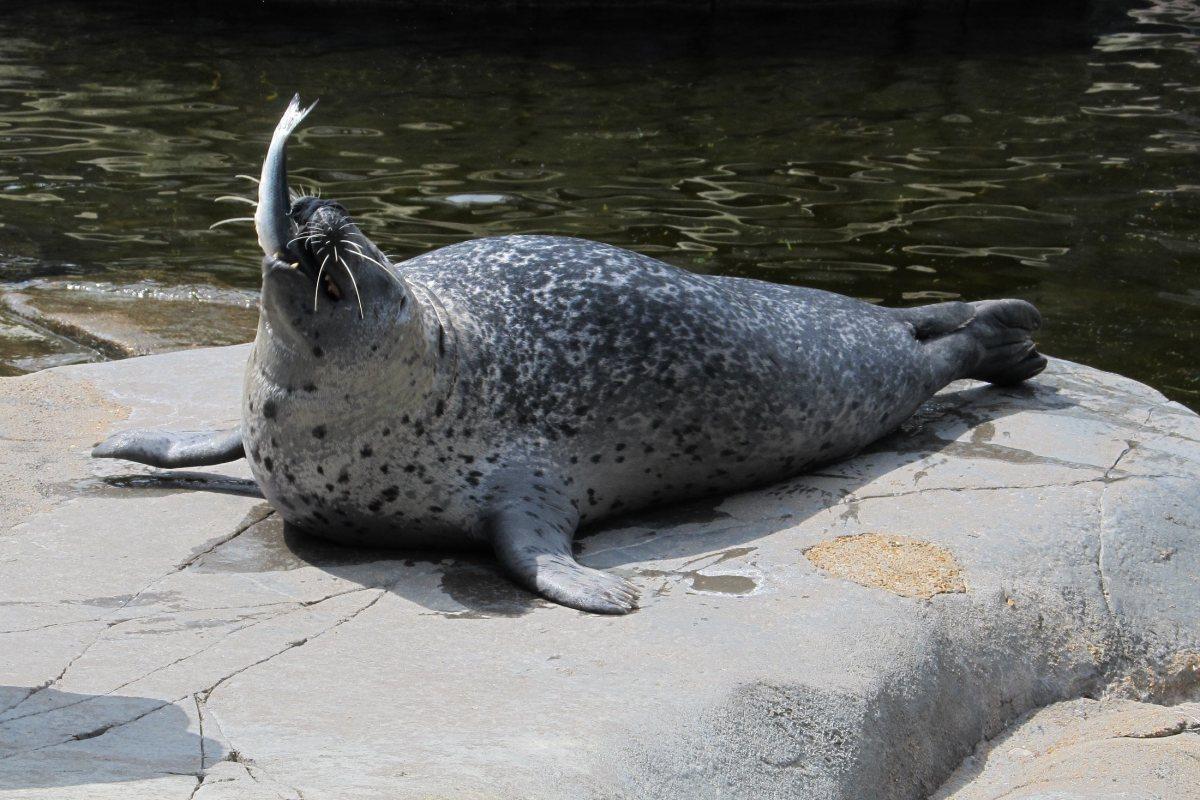
- Name: Ringed seal
- Scientific name: Pusa hispida
- Conservation status:
The ringed seal is a species of seal found in the northernmost parts of the globe, including the Siberian coastline. It is relatively small and gets its name from its spotted skin. It has the largest range of ice seals in the Northern Hemisphere, and it is very common.
This seal primarily feeds on planktonic crustaceans and Arctic cod and can live up to 40 years. Juveniles are particularly vulnerable to predators such as wolves, orcas, and bears.
—
So there you have them, these were my 17 Siberia wildlife animals. I hope you enjoyed this list and that you learned something new today.
In case you want to learn more about animals that live in Siberia, feel free to keep reading, as I still have lots of things to tell you about:
Endangered Animals of Siberia
This is definitely the saddest part of the list, but it is very important to raise awareness. Because of this, let’s go through the list of endangered animals in Siberia.
Here are the animals in danger of extinction in Siberia (including Russia as a whole as well).
- Eudontomyzon sp. nov. ‘migratory’
- Inconnu
- Steller’s sea cow
- Spectacled cormorant
- Japanese sea lion
- Japanese angelshark
- Sakhalin taimen
- Amur sturgeon
- Siberian crane
- Saiga
- and 24 more…
- North Pacific right whale
- Siberian sturgeon
- Blue whale
- Siberian tiger
- Basking shark
- and 41 more…
To see the full list of endangered species in Siberia, head over to the International Union for Conservation of Nature’s Red List.
What is the National Animal of Siberia?
The national animal of Siberia is the Eurasian brown bear.
Siberia does not have a regional animal or a local, official faunal emblem of any sort, and its national animal is thus Russia’s one, the Eurasian brown bear. The bear symbolizes resilience, raw power, and cunning, and it is often used as a mascot in the country.
However, arguably, Siberia is best represented by the Siberian tiger, an iconic and beautiful animal found in the region.
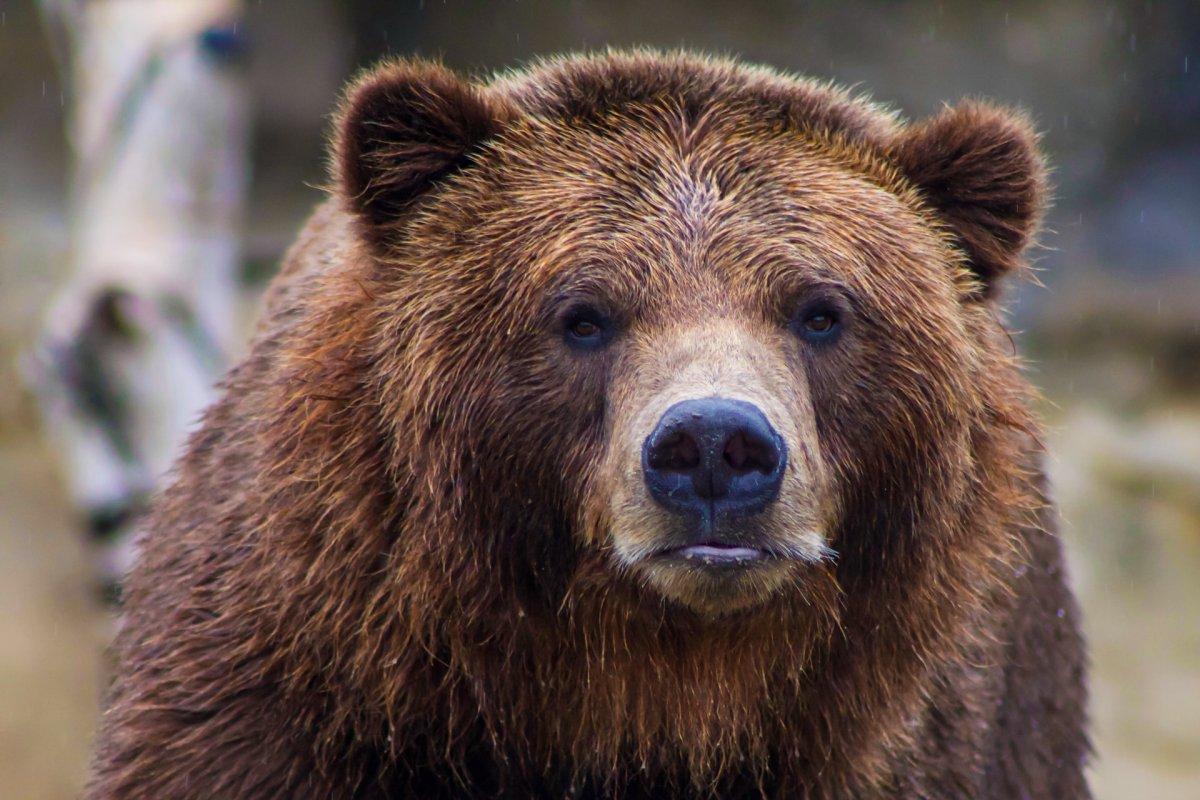
How Many Animals Native to Siberia?
What is the diversity of native animals in Siberia?
Let’s look at the total number of species of Chordata (mammals, birds, fishes, and reptiles).
Total number of animal species in Siberia: 1,854 (1,947 in total in North Asia)
What are the predators of Siberia?
Siberia is so vast that there are tons of animals, and also tons of predators.
Some examples of these are the polar bear in the far north, the striped hyena in the far south, snakes, eagles, brown bears, lynxes, tigers, leopards, wolves, and many others. The largest of them is the polar bear (it is also the largest terrestrial carnivore in the world), and the rarest of them is probably the Amur leopard, with only about 100 individuals left in the wild.
More About Animals in the World!
Loved these facts about Siberian wildlife? Want to see what animals live in other countries?
Then check out these posts:
Or click here to see ALL the facts up on the blog! Spoiler alert: there’s A LOT of them.
Share the knowledge! Click on the buttons below to share information about these famous animals in Siberia with your friends, and help them learn more about the world 🙂
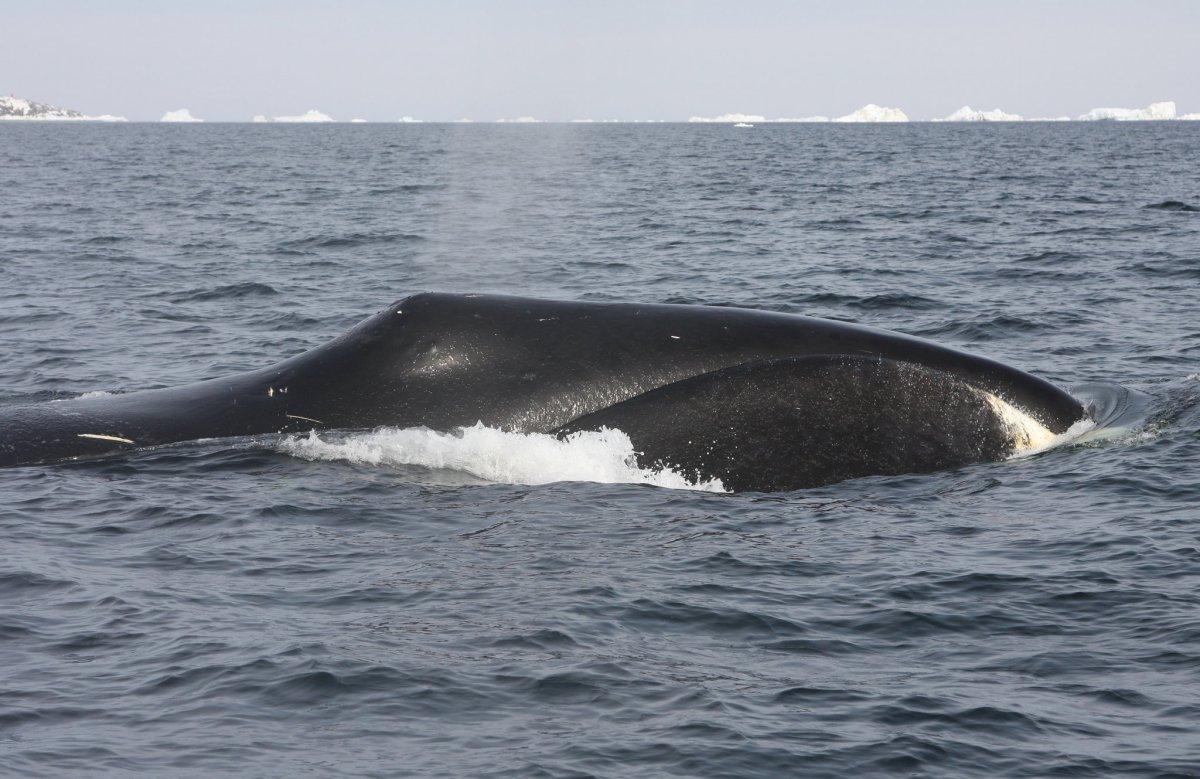

![15 Wild Animals in Finland [Wildlife in Finland]](https://www.kevmrc.com/wp-content/uploads/2022/10/15-wild-animals-in-finland.jpg)
![13 Wild Animals in Wales [Wildlife in Wales]](https://www.kevmrc.com/wp-content/uploads/2022/10/13-wild-animals-in-wales.jpg)
![10 Wild Animals in Samoa [Wildlife in Samoa]](https://www.kevmrc.com/wp-content/uploads/2023/01/10-wild-animals-in-samoa.jpg)